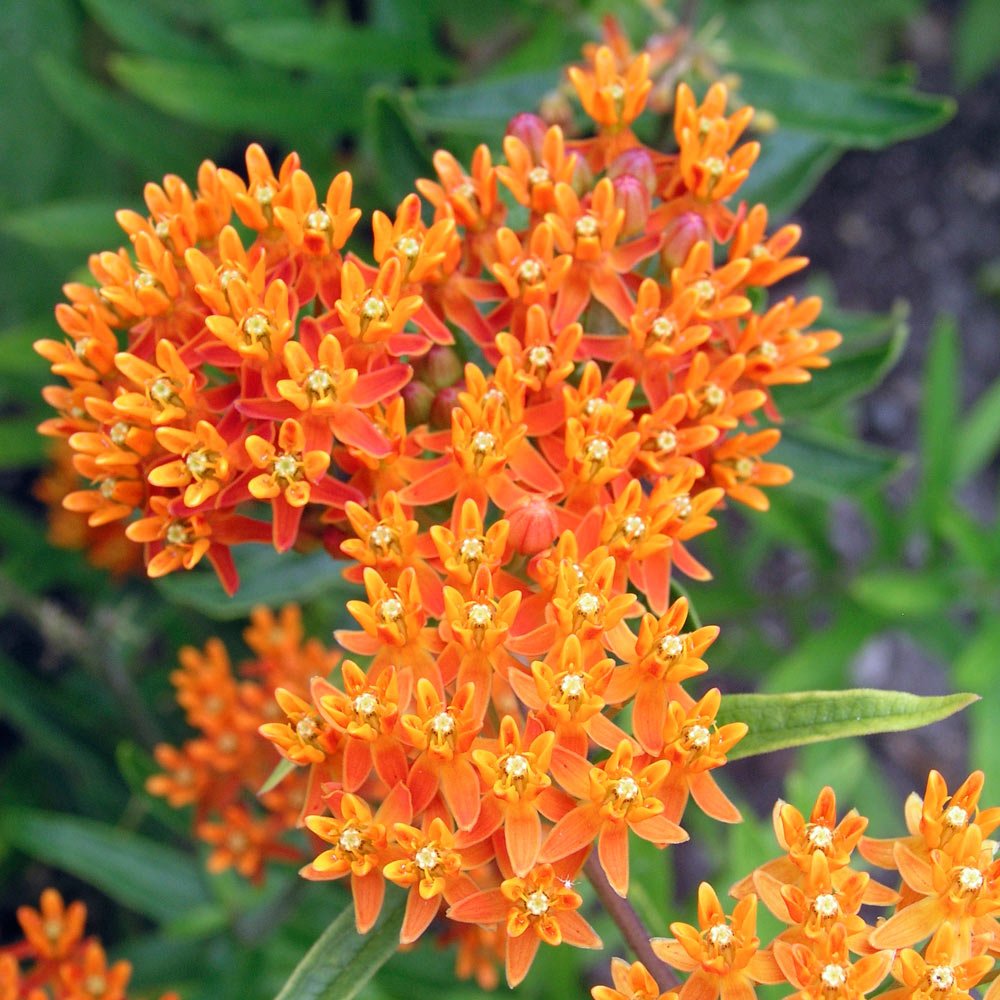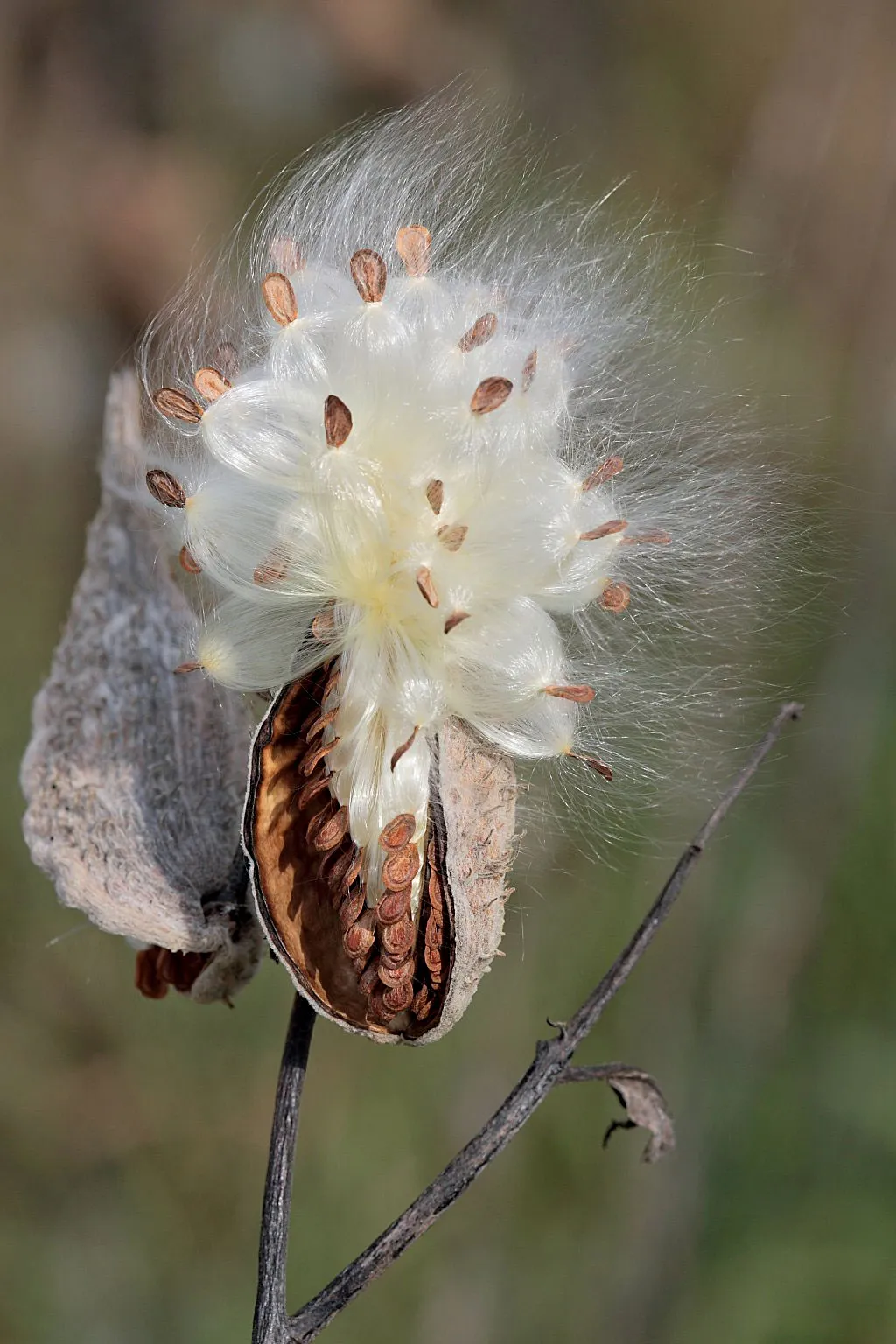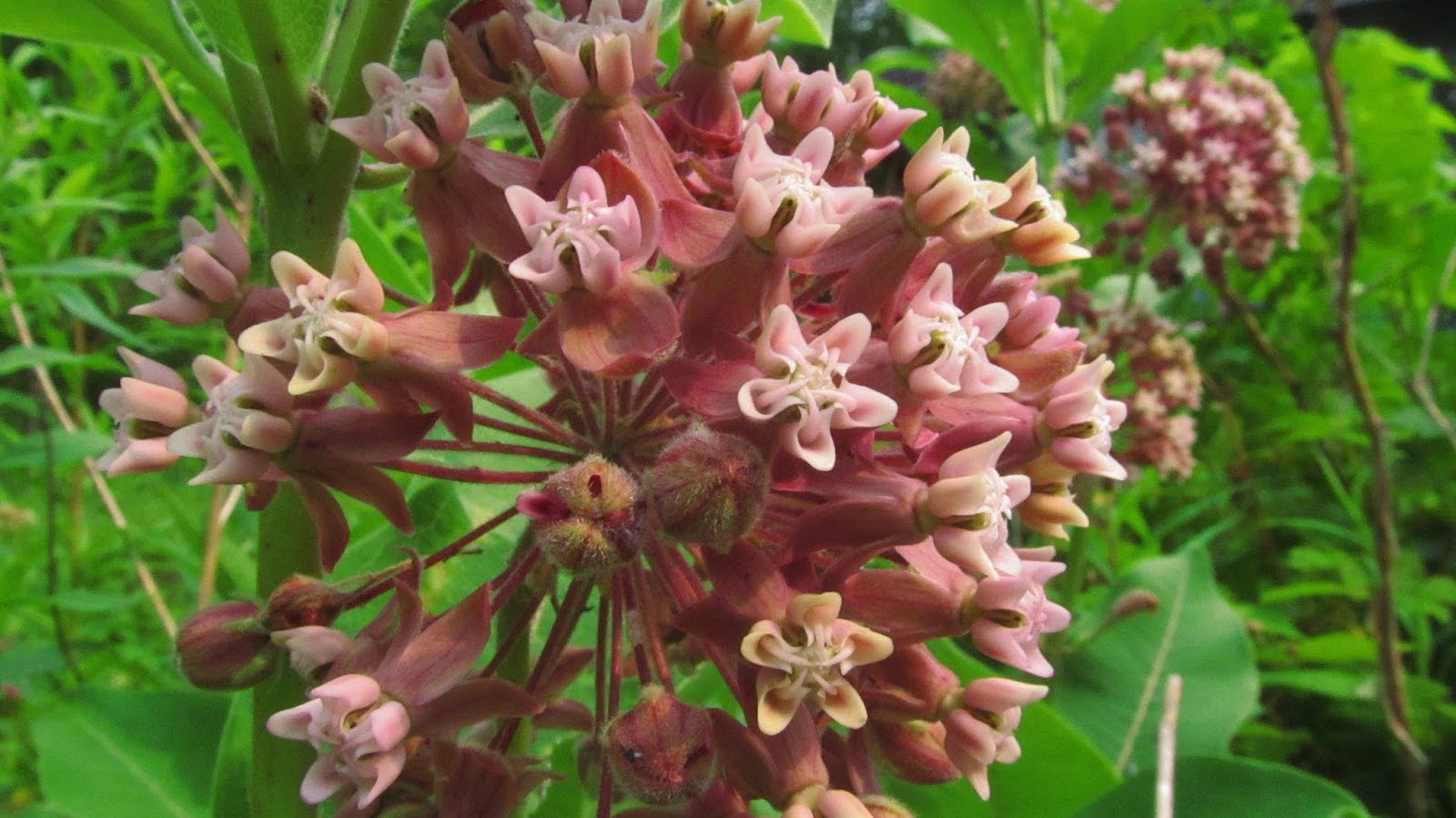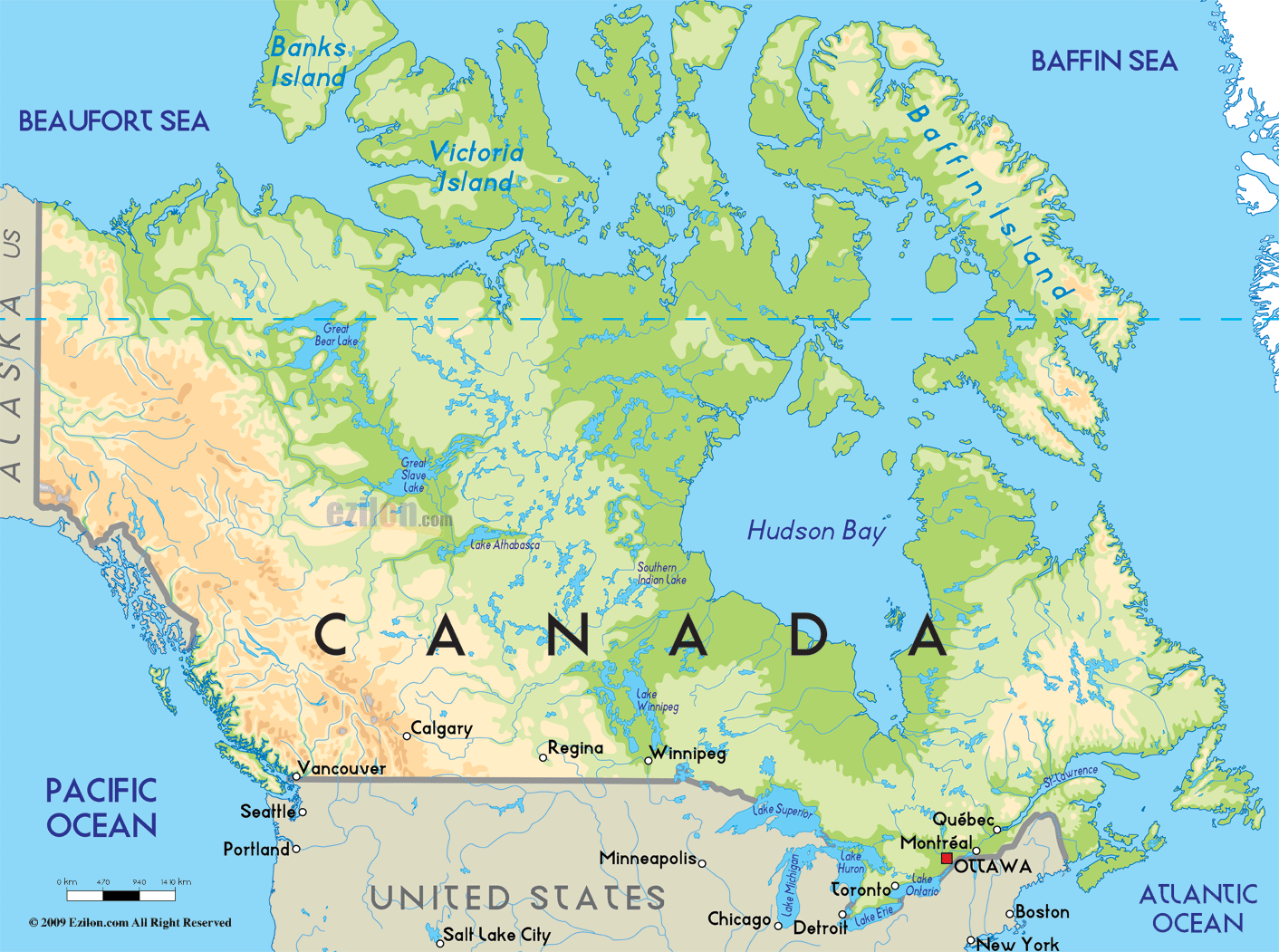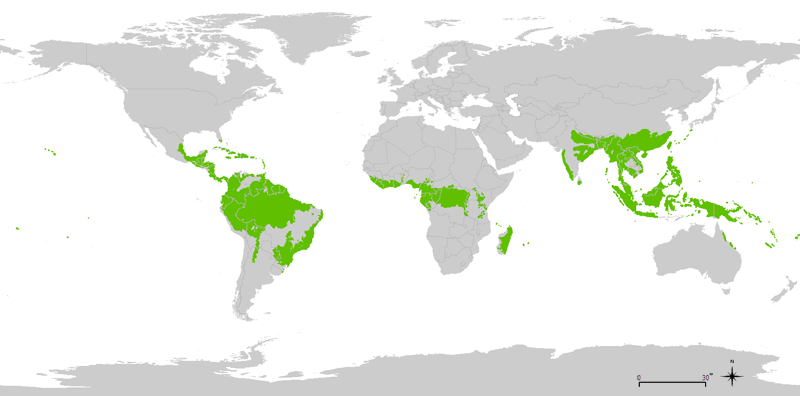Today, we’ll learn how to grow beautiful Asclepias Tuberosa, commonly known as Butterfly Weed. These vibrant flowers attract butterflies, bees, and other pollinators to your garden.
Larval Host Plants
Vascular plants that are required by the larva of Butterflies (Papilionoidea)
How to Germinate Butterflyweed (Asclepias Tuberosa)
Butterflyweed are native to much of North America. Also known as Orange Butterfly Milkweed, Asclepias Tuberosa is a perfect addition to any garden or Monarch waystation from Montréal to Mexico. The most economical and reliable way to establish Asclepias Tuberosa is through propagation by seed germination. To germinate Asclepias Tuberosa, […]
What is a “Native” Plant?
A complete definition of “native” with respect to a plant typically includes these aspects.
What is it Called When a Plant Spreads its Seeds Using the Wind?
In botany, “anemochory” is a term for seeds, spores, or fruit which are dispersed by the wind. It is from the Greek words anemo- (“wind”) + -chory (“seed dispersal”).
Is Milkweed (Asclepias) Toxic?
The entire Milkweed plant, including its leaves, stems, flowers, and milky sap, contains toxic compounds known as cardenolides.
Where is Common Milkweed Native?
Johnny lists the states and provinces of North America where Common Mikweed is common.
What are the Milkweed (Asclepias) Species of Canada?
In Canada, there are several species of Milkweed that can be found. Here are some of the known Asclepias species in Canada
Where in the World is Tropical Milkweed Native?
Asclepias curassavica, commonly known as Tropical Milkweed, Mexican Butterflyweed, Bloodflower, or Scarlet Milkweed, is technically native to the Neotropical Realm, which includes several countries in the Americas and the state of Florida in the United States. Tropical Milkweed’s native range includes the following continents (and countries, states): 1. North America […]

